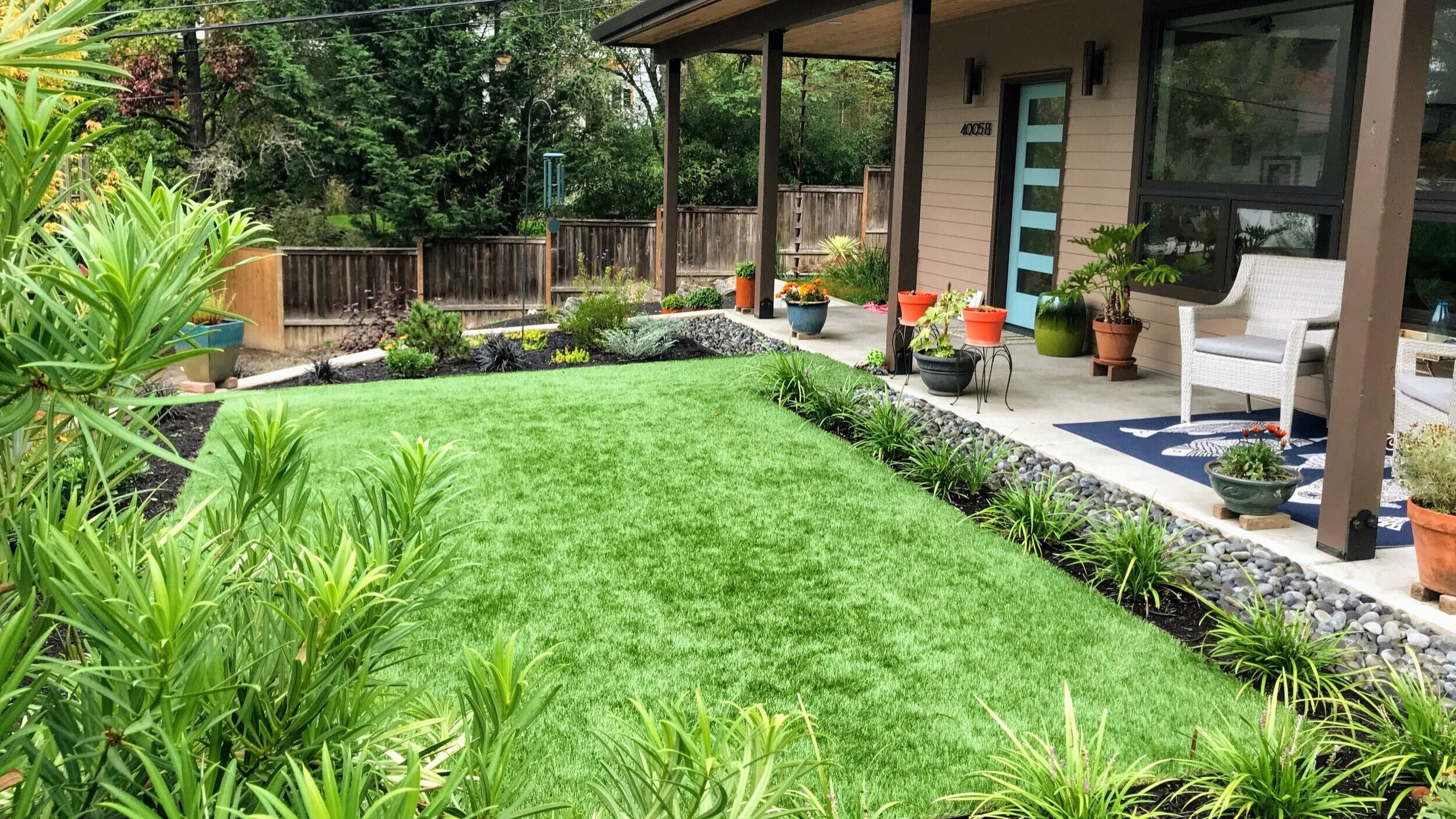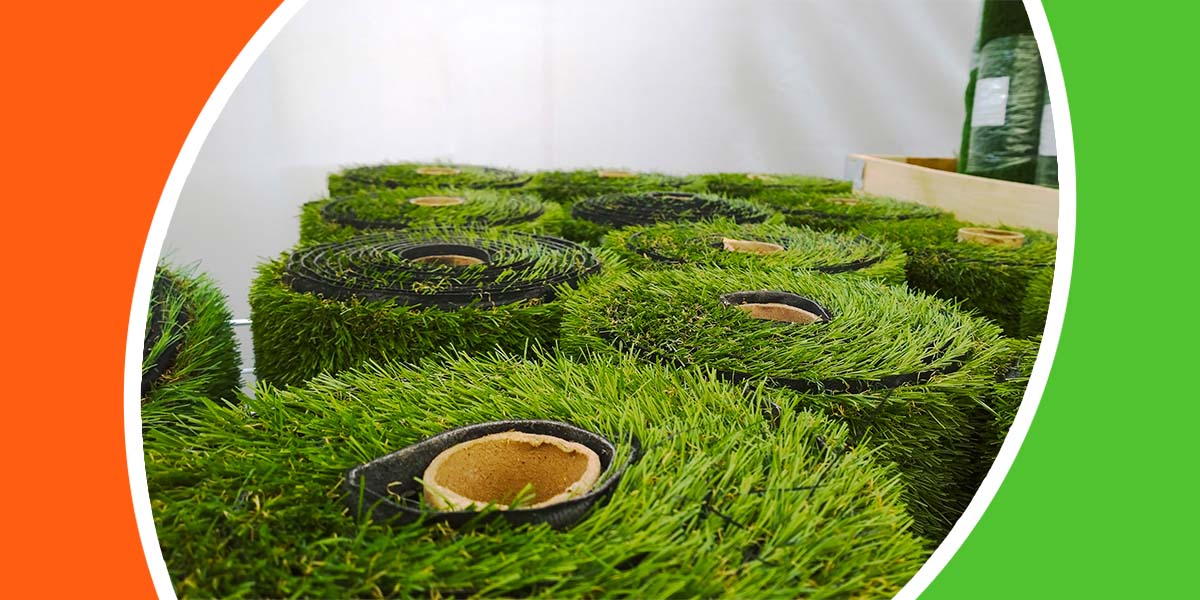Highly-Ranked Phoenix Turf Companies Focusing on Synthetic Grass Solutions
Highly-Ranked Phoenix Turf Companies Focusing on Synthetic Grass Solutions
Blog Article
Explore the Environmental Perks of Opting for Synthetic Grass Solutions
The fostering of artificial grass services provides an engaging chance to resolve pushing ecological challenges. By substantially minimizing water use and reducing the application of damaging chemicals, these choices not only advertise sustainable landscaping however also safeguard local ecological communities.
Water Preservation Advantages
One of one of the most substantial advantages of fabricated grass is its capability to conserve water. Traditional yard lawns require substantial irrigation, particularly in areas prone to drought or water constraints. In contrast, synthetic grass does not require watering, significantly reducing the overall need for water sources. This attribute is especially helpful in arid regions where water shortage is a pressing worry.
By getting rid of the requirement for routine watering, synthetic grass adds to sustainable landscape methods and assists alleviate the ecological influence of excessive water intake. Additionally, the conservation of water reaches the decrease of drainage, which can result in soil disintegration and waterway contamination.
Furthermore, the installation of synthetic lawn enables home owners and towns to allot water resources much more effectively, concentrating on vital uses such as alcohol consumption water and agriculture. The shift in the direction of synthetic grass not just promotes liable water usage but also lines up with more comprehensive environmental goals targeted at maintaining natural deposits.
As communities significantly focus on sustainability, the water preservation advantages of synthetic grass offer a compelling case for its adoption in property and commercial landscaping tasks.
Lowered Chemical Use
The change to artificial turf considerably reduces the dependence on chemical therapies generally made use of in all-natural yard upkeep. Conventional grass monitoring usually entails the application of fertilizers, chemicals, and herbicides to advertise growth and control pests. These chemicals can posture risks to human health, regional wild animals, and the environment, adding to dirt and water contamination.
In contrast, synthetic lawn eliminates the requirement for these unsafe substances. By decreasing the release of synthetic compounds right into the community, fabricated grass advertises healthier dirt and water systems.
In addition, the absence of chemical runoff connected with synthetic grass installations aids secure regional waterways from contamination, supporting marine life and preserving biodiversity. Phoenix turf companies. As communities increasingly prioritize sustainable techniques, going with fabricated lawn provides a feasible option that lines up with ecological preservation objectives. With this change, home proprietors can delight in lush green rooms without endangering ecological wellness, leading the way for a much more sustainable future
Reduced Carbon Footprint

Additionally, the installation of artificial grass can cause considerable water preservation. All-natural grass require significant amounts of water for irrigation, which not just contributes to the carbon footprint related to water removal and treatment but additionally pressures local water sources. On the other hand, synthetic turf needs very little maintenance, needing no watering, consequently considerably decreasing water usage and its associated power expenses.
In addition, the long life of synthetic grass adds to its reduced carbon influence. With a life expectancy of approximately 15 years or even more, the requirement for frequent replacements is diminished, causing much less waste and reduced power usage in production and disposing of typical lawn alternatives. On the whole, synthetic grass offers a sustainable alternative for environmentally aware landscape design.
Environment Preservation
Habitat preservation is a vital consideration in the argument over landscape design selections, particularly when comparing man-made grass to all-natural turf. All-natural turf yards frequently require substantial upkeep, including making use of chemicals, herbicides, and fertilizers, which can detrimentally affect regional ecosystems. These chemicals can leach right into the dirt and rivers, hurting indigenous plants and fauna and interfering with local environments.
Artificial lawn eliminates the requirement for damaging chemicals, consequently securing close-by wild animals and keeping the honesty of surrounding environments. The setup of man-made turf can lead to the conversion of previous yard locations into more biodiverse landscapes, such as pollinator gardens or indigenous plant areas, which can support neighborhood wildlife.
Inevitably, the shift to synthetic grass not websites only conserves water and reduces upkeep initiatives yet also promotes an extra unified connection between human tasks and the native environment, promoting environment conservation in the procedure.
Long-Term Sustainability
Long-term sustainability is a vital factor in reviewing the benefits of fabricated turf over conventional turf yards. One of one of the most considerable benefits of artificial grass is its sturdiness; it can last up to 15-20 years with marginal upkeep, whereas natural yard needs frequent reseeding and replacement. This longevity reduces the requirement for constant resources, such as water, plant foods, and chemicals, which are vital for preserving a healthy grass lawn.
Furthermore, synthetic grass adds to a reduction in carbon emissions linked with yard care equipment. Typical grass commonly require gas-powered mowers, trimmers, and blowers, every one of which contribute to air pollution. Arizona turf. In comparison, synthetic grass removes the requirement for such tools, advertising a cleaner atmosphere
Moreover, the production of synthetic grass significantly utilizes recycled products, boosting its sustainability profile. As suppliers embrace eco-friendly methods, the environmental footprint of synthetic grass remains to reduce.

Conclusion
The adoption of synthetic grass remedies offers significant ecological benefits, including significant water conservation, decreased reliance on damaging chemicals, and a lower carbon footprint. Synthetic turf aids in preserving all-natural habitats by minimizing land disturbance and advertising long-term sustainability via the use of long lasting materials. Jointly, these aspects emphasize the possibility of synthetic lawn to contribute positively to environmental health and wellness and use a practical option to typical landscaping methods in an increasingly resource-conscious globe.
In contrast, synthetic turf does not need watering, significantly minimizing the total demand for water resources. By reducing the release of artificial compounds right into the community, artificial grass advertises much healthier dirt and water systems.
Furthermore, the setup of artificial lawn can result in significant water preservation. In comparison, synthetic turf needs very little maintenance, requiring no watering, thus dramatically decreasing water use and its connected energy prices.

Report this page